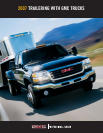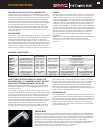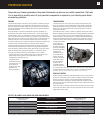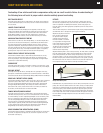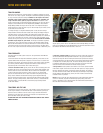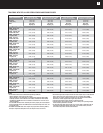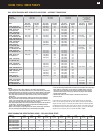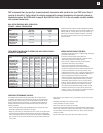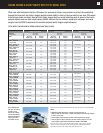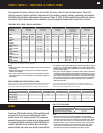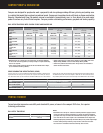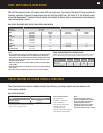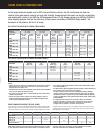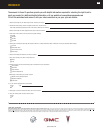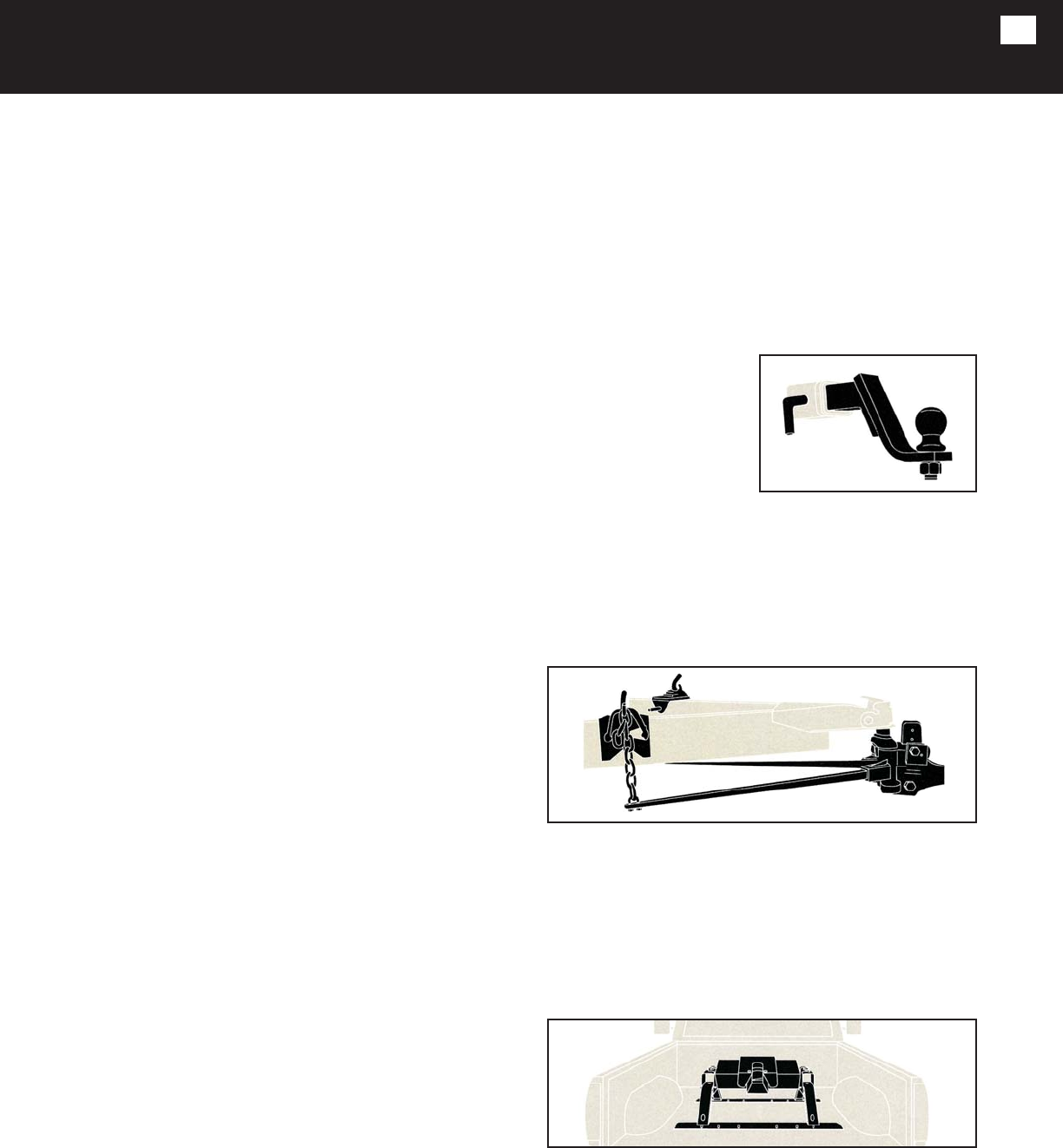
KNOW YOUR WEIGHTS AND HITCHES
DRY TRAILER WEIGHT
The weight of the empty trailer as manufactured. This weight, usually shown on
a vehicle identification plate, is not usually used as a measure for the selection
of a tow vehicle.
LOADED TRAILER WEIGHT
The weight of the trailer (Dry Weight) plus all equipment, fluids and cargo.
Loaded Trailer Weight can be determined by putting the fully loaded vehicle on
a commercial vehicle scale. If this is not practical, the trailer’s Gross Vehicle
Weight Rating (GVWR), as found in the trailer manufacturer’s literature or
brochures for the model selected, can be used when selecting a tow vehicle.
MAXIMUM TRAILER WEIGHT RATING
Often referred to as the Gross Trailer Weight Rating, it is the most weight that a
given vehicle can safely and reliably haul, as determined by the manufacturer.
This rating usually requires optional equipment such as a specific axle ratio,
suspension components, engine and/or transmission coolers and type of hitch.
The rating assumes the tow vehicle is properly equipped with a driver allowance
of 68 kg (150 lb.) and no cargo. The weight of additional options or equipment,
passengers and cargo must be deducted from the trailer weight rating.
GROSS VEHICLE WEIGHT RATING (GVWR)
The maximum allowable weight, as determined by the manufacturer, for any
vehicle (or trailer) including the weight of the vehicle, fuel and other fluids,
driver and passengers, cargo and equipment. Tongue Weight or Kingpin Weight
(see below) is included when trailering.
CURB WEIGHT
The weight of the empty vehicle as equipped, including a full tank of fuel. It does
not include the driver, passengers or cargo — so it is similar to Dry Trailer Weight.
PAYLOAD WEIGHT
The weight carried by the vehicle, including the driver, passengers and cargo,
plus options or aftermarket equipment such as boxliners, hitches or fifth wheels.
It should not exceed the Gross Vehicle Weight Rating (GVWR) minus the Curb Weight.
GROSS AXLE WEIGHT RATING (GAWR)
The maximum allowable weight that can be carried on a vehicle’s axle or individual
suspension system, either front or rear. It includes the weight of the vehicle
plus cargo and equipment supported by the axle and includes Tongue Weight
or Kingpin Weight when trailering. These ratings are shown on the vehicle’s
Certification Label, usually located in the driver’s door frame, and should not
be exceeded, nor should the total load exceed the GVWR.
TONGUE WEIGHT/KINGPIN WEIGHT
The weight of the trailer tongue or kingpin that is carried on the hitch ball or
fifth-wheel hitch, respectively. This is a critical measurement as it has an impact
on vehicle handling. Too much Tongue/Kingpin Weight causes overloading of the
rear axle, causing the front suspension to lift and reducing steering response.
Too little Tongue/Kingpin Weight can reduce rear-wheel traction and cause
excessive swaying or jackknifing. Depending on the type of hitch being used,
Tongue Weight is generally 10-15% of the Loaded Trailer Weight. Kingpin Weight
is usualy 15-25% of the trailer weight. Some adjustment to Tongue Weight or
Kingpin Weight can be made by moving the cargo in the trailer.
GROSS COMBINATION WEIGHT RATING (GCWR)
The maximum weight allowable, as established by the manufacturer, for the truck,
the trailer, all equipment, total payload, fuel, fluids and occupants. This is the
total loaded road-ready rig.
HITCHES
Once you have selected your vehicle, the next step is making sure you have
the necessary equipment to help you trailer safely and confidently. The vehicle
owner is responsible for obtaining the hitch ball, a hitch of the proper size,
type and capacity, and other appropriate equipment required to safely tow the
loaded trailer.
There are three categories of trailer hitches: weight-carrying, weight-distributing
and fifth-wheel. Each is designed for specific types of trailering.
Weight-Carrying Hitch is the most
basic and most common hitch
for light and medium weights.
A weight-carrying hitch uses a
hitch ball mounted to a draw bar
or a step-bumper and supports the
trailer tongue weight just as though
it were cargo located at the ball.
The hitch ball must match the trailer
coupler and meet or exceed the
maximum trailer weight rating.
Weight-Distributing Hitch is used for heavy trailering. This hitch, with its equalizing
bars and snap-up brackets, applies leverage between the tow vehicle and the
trailer to help distribute your trailer’s tongue weight evenly to your vehicle
and trailer instead of “carrying” the load mostly on the rear of the vehicle. The
brackets and spring bars raise the hitch point parallel to the ground, equalizing
the load onto all axles. This results in a more level ride, reduced weight on the
rear suspension and provides improved steering and braking control.
Fifth-Wheel Hitch, or gooseneck hitch, is used for heavy trailering with a full-size
pickup, and it must be attached to the truck’s frame, usually just slightly ahead
of the rear axle centreline. Make sure to follow the manufacturer’s installation
instructions, paying careful attention to the truck’s payload capacity and rear
axle weight ratings. These kingpin loads are generally higher than conventional
trailer tongue loads and for most calculations becomes the payload in the truck
box. The addition of kingpin weight must not cause the vehicle to exceed its
GVWR or GAWRs.
Overloading of tow vehicles and trailers compromises safety and can result in vehicle failure. An understanding of
the following terms will assist in proper vehicle selection and help prevent overloading.
Draw bar type weight-carrying hitch.
Weight-distributing hitch.
Fifth-wheel hitch.
4



